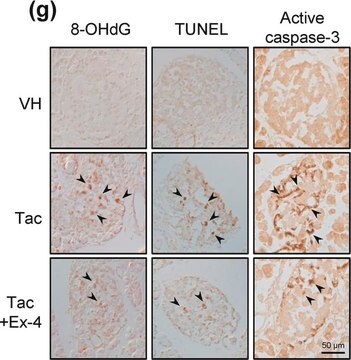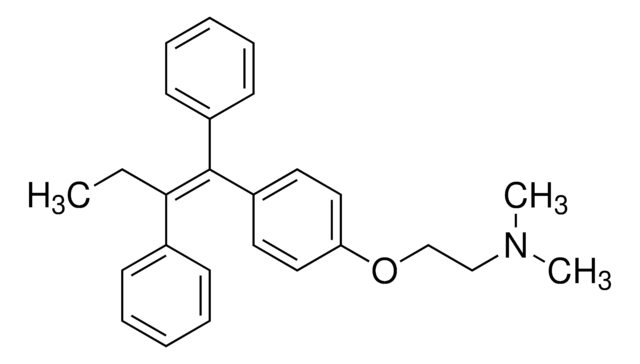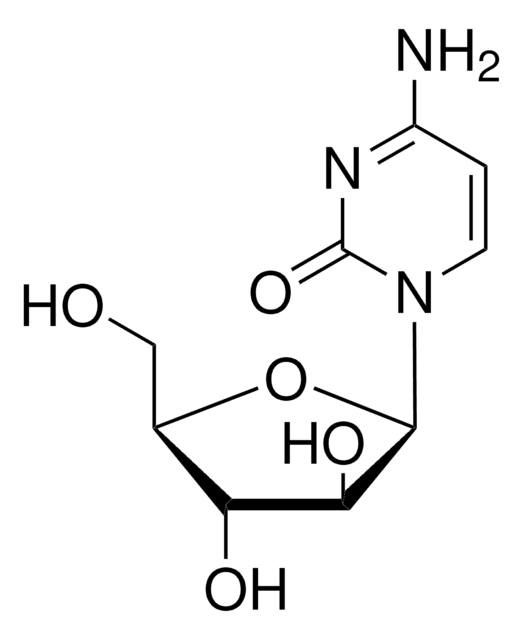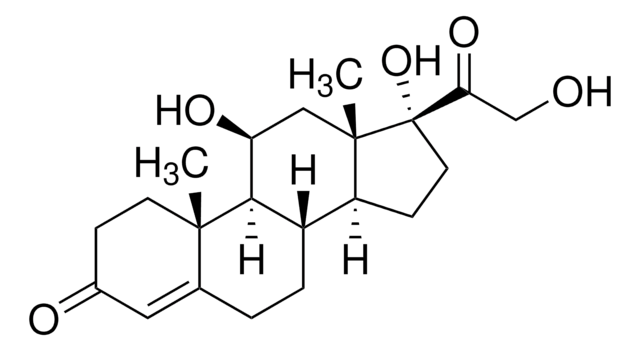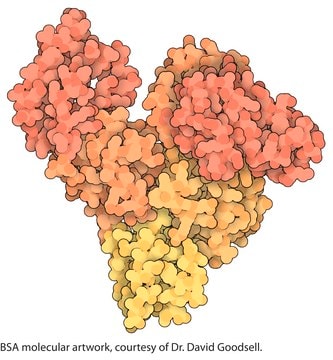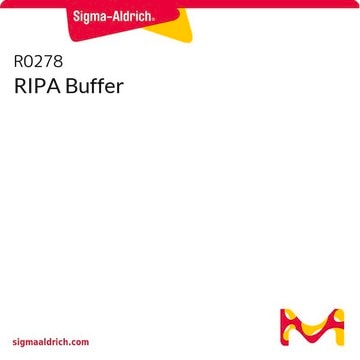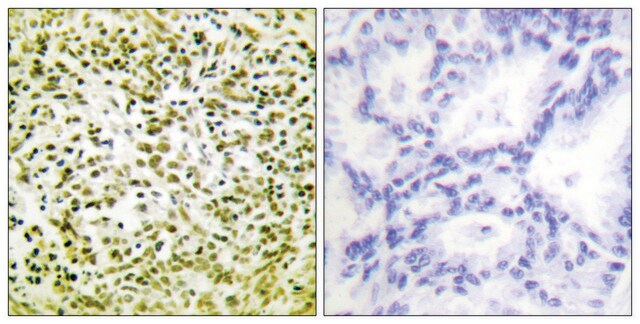MAB4703
Anti-Caspase 3 Antibody, large subunit & proform, clone 4-1-18
clone 4-1-18, Chemicon®, from mouse
Synonym(s):
CPP32
Sign Into View Organizational & Contract Pricing
Select a Size
All Photos(1)
Select a Size
Change View
About This Item
UNSPSC Code:
12352203
eCl@ss:
32160702
NACRES:
NA.41
Recommended Products
biological source
mouse
Quality Level
antibody form
purified immunoglobulin
antibody product type
primary antibodies
clone
4-1-18, monoclonal
species reactivity
human
manufacturer/tradename
Chemicon®
technique(s)
immunohistochemistry: suitable (paraffin)
western blot: suitable
isotype
IgG2aκ
NCBI accession no.
Specificity
Recognizes the full length 32 kDa caspase-3 protein. Highly specific to caspase-3 and shows no cross-reaction with other caspase family members. Caspase-3 is ubiquitously expressed and like other caspases is synthesized as an inactive proenzyme. Upon activation, caspase-3 is cleaved generating two smaller subunits of 17 kDa and 12 kDa. Caspase-3 is one of the most extensively studied enzyme in apoptosis. Activation of caspase-3 occurs in response to a variety of apoptotic inducers.
Immunogen
Epitope: large subunit & proform
Recombinant full-length human caspase-3 protein
Application
Anti-Caspase 3 Antibody, large subunit & proform, clone 4-1-18 detects level of Caspase 3 & has been published & validated for use in WB, IH(P).
Research Category
Apoptosis & Cancer
Metabolism
Apoptosis & Cancer
Metabolism
Research Sub Category
Caspases
Enzymes & Biochemistry
Caspases
Enzymes & Biochemistry
Western blot: 1:1000. The antibody will detect a band at 32 kDa corresponding to the inactive unprocessed form of caspase 3 as well as a 17-22 kDa band corresponding to the large subunit of active caspase 3.
Immunohistochemistry (frozen and paraffin): 1:500.
Optimal working dilutions must be determined by end user.
Immunohistochemistry (frozen and paraffin): 1:500.
Optimal working dilutions must be determined by end user.
Linkage
Replaces: 04-439
Physical form
Format: Purified
Purified immunoglobulin by protein A. Liquid in PBS, pH 7.6, with 0.1% sodium azide.
Storage and Stability
Maintain refrigerated at 2-8°C in undiluted aliquots for up to 12 months.
Analysis Note
Control
POSITIVE CONTROL: 293 (human embryonic kidney) cell lysates
POSITIVE CONTROL: 293 (human embryonic kidney) cell lysates
Other Notes
Concentration: Please refer to the Certificate of Analysis for the lot-specific concentration.
Legal Information
CHEMICON is a registered trademark of Merck KGaA, Darmstadt, Germany
Disclaimer
Unless otherwise stated in our catalog or other company documentation accompanying the product(s), our products are intended for research use only and are not to be used for any other purpose, which includes but is not limited to, unauthorized commercial uses, in vitro diagnostic uses, ex vivo or in vivo therapeutic uses or any type of consumption or application to humans or animals.
Not finding the right product?
Try our Product Selector Tool.
recommended
Product No.
Description
Pricing
Storage Class Code
10 - Combustible liquids
WGK
WGK 2
Flash Point(F)
Not applicable
Flash Point(C)
Not applicable
Certificates of Analysis (COA)
Search for Certificates of Analysis (COA) by entering the products Lot/Batch Number. Lot and Batch Numbers can be found on a product’s label following the words ‘Lot’ or ‘Batch’.
Already Own This Product?
Find documentation for the products that you have recently purchased in the Document Library.
Elmira R Mordakhanova et al.
International journal of molecular sciences, 21(7) (2020-04-11)
Heparin-induced thrombocytopenia (HIT) is an adverse drug reaction characterized by thrombocytopenia and a high risk for venous or arterial thrombosis. HIT is caused by antibodies that recognize complexes of platelet factor 4 and heparin. The pathogenic mechanisms of this condition
Growth of primary embryo cells in a microculture system.
Villa M, Pope S, Conover J, Fan TH
Biomedical Microdevices null
Cassia alata leaf extract induces cytotoxicity in A549 lung cancer cells via a mechanism that is caspase 8 dependent.
A Levy,A Lewis
The West Indian Medical Journal null
The marine lipopeptide somocystinamide A triggers apoptosis via caspase 8.
Wrasidlo, W; Mielgo, A; Torres, VA; Barbero, S; Stoletov, K; Suyama, TL; Klemke et al.
Proceedings of the National Academy of Sciences of the USA null
Kui Wang et al.
Autophagy, 7(9), 966-978 (2011-05-26)
Quercetin, a dietary antioxidant present in fruits and vegetables, is a promising cancer chemopreventive agent that inhibits tumor promotion by inducing cell cycle arrest and promoting apoptotic cell death. In this study, we examined the biological activities of quercetin against
Our team of scientists has experience in all areas of research including Life Science, Material Science, Chemical Synthesis, Chromatography, Analytical and many others.
Contact Technical Service